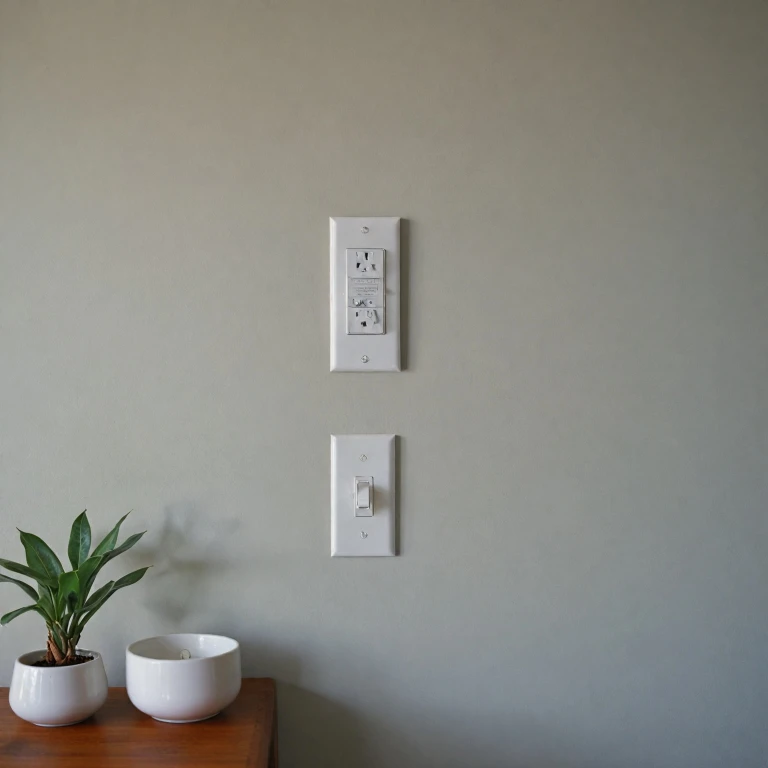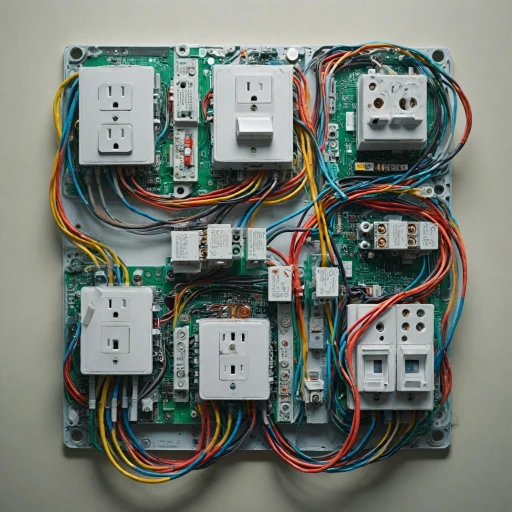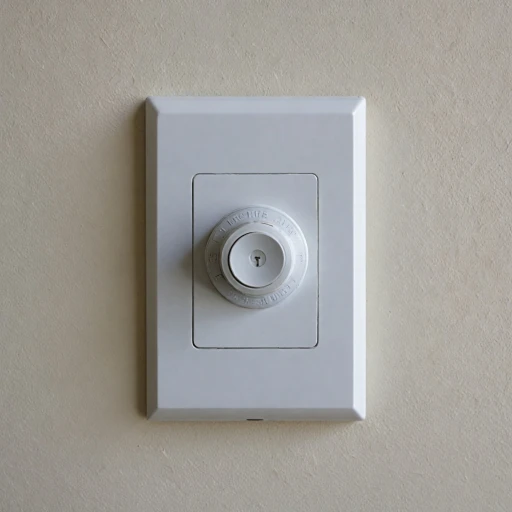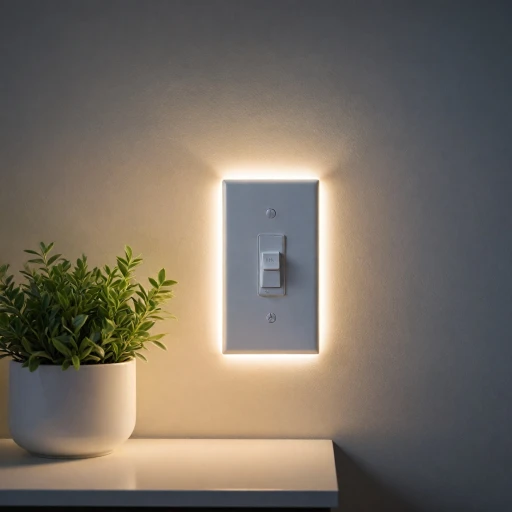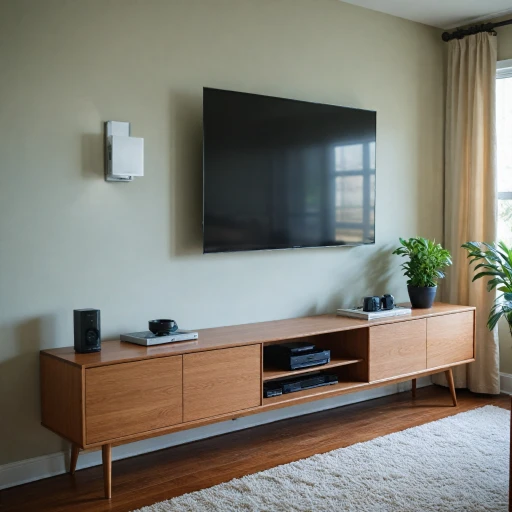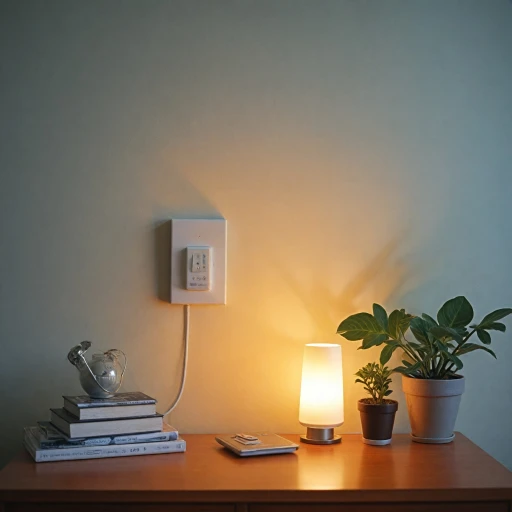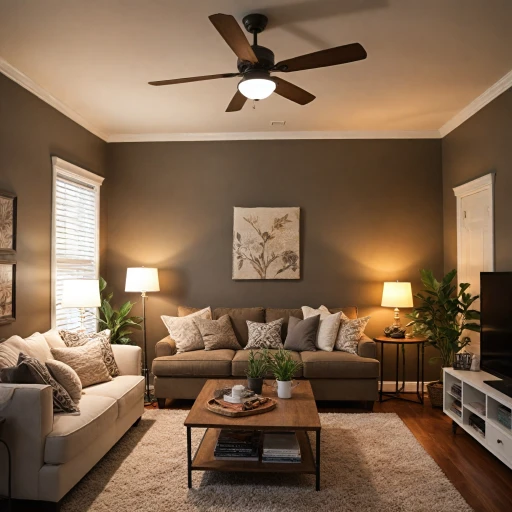
Understanding Wireless Three-Way Light Switches
Exploring the Basics of Wireless Three-Way Light Switches
Wireless three-way light switches have become an integral part of modern smart home solutions, offering a flexible and convenient way to control lighting in multiple locations within a single room or area. Unlike traditional light switches, which require physical wiring connections between switches, these wireless options utilize advancements in smart technology to achieve the same functionality without extensive wiring, primarily using a combination of remote controls and connectivity apps.
A typical setup might involve a switch kit that includes a pair of switches designed for wireless communication. Popular brands like Lutron and Legrand offer a range of options, from basic rocker switches to advanced smart dimmer units.
These systems generally require a neutral wire to function effectively, although some manufacturers provide solutions that can work without one. The inclusion of a light almond color option adds to their aesthetic appeal, making them compatible with a variety of home decors.
Although the regular price and sale price for these units can vary significantly, many consumers find the investment worthwhile for the convenience and added control these systems provide. For those considering a switch to smart technology, evaluating both the initial unit price and potential savings on electrical setups can be vital.
One of the key appeals of a wireless remote switch system is the ability to control your lights through an app, allowing for easy adjustments and even scheduling from a mobile device. These functions add not just convenience but also energy efficiency to your home.
Understanding these basics can lay the groundwork for exploring more complex functionalities, such as integrating a lighting timer switch to boost home efficiency further. For users seeking to delve deeper into optimizing smart lighting setups, the article on enhancing your LED experience with a 12V dimmer switch might provide valuable insights.
Advantages of Wireless Three-Way Light Switches
Unveiling the Notable Benefits
Wireless three-way light switches present remarkable advantages over traditional switches. They cater to modern living needs with versatility and enhanced functionality.- Ease of Installation: One of the main draws is the reduced hassle during installation. Wireless options typically eliminate the need for complex wiring, often bypassing the requirement for a neutral wire, which can be a relief when upgrading older homes. Simply put, no intricate tangle of wires behind the control panel. This makes it a more accessible option for DIY enthusiasts.
- Convenient Control: These smart switches allow effortless control of your lighting setup through a remote switch or the integrated smart app. Brands like Lutron and Legrand offer apps that facilitate control from any location, granting you the flexibility to manage lights remotely.
- Customizable Options: Features such as dimmers, rocker switches, and kits like the Lutron smart dimmer switch kit, offer customization for personalized lighting experiences. Legrand's rocker switch can be integrated for single pole applications, adding a layer of convenience and personal preference.
- Energy Efficiency: Smart switches enable energy-saving tactics. With remote monitoring and control, it's easier to ensure lights are used only when necessary, potentially impacting your utility bills positively.
- Price Range: Although the initial investment might seem high compared to regular price traditional switches, the potential savings and enhanced control often justify the unit price. Sale price offers and kits can further sweeten the deal by reducing the price view.
For more insights on creating a seamless smart lighting environment, explore how to enhance your outdoor ambiance with a versatile dimmer switch.
Challenges and Considerations
Identifying the Factors and Considerations
While the integration of wireless three-way light switches can offer numerous benefits, there are also several challenges that potential users should be mindful of before implementing these smart lighting solutions.
Compatibility and Infrastructure
One primary consideration involves ensuring compatibility with existing wiring and infrastructure. Many older homes may lack a neutral wire, which is often necessary for certain smart light switches including some models by Legrand and Lutron. While options exist to circumvent this requirement—for example, utilizing a switch kit specifically designed for such circumstances—it's crucial to verify the specifics of your household’s wiring to avoid setbacks.
Wireless Interference
The reliability of wireless switches can be impacted by interference from other wireless devices in the home. This can potentially disrupt the remote control capabilities, leading to frustration when trying to adjust a light’s settings through an app or a remote switch. Solutions may involve changing the frequency settings of your network or configuring devices to minimize signal disruptions.
Setup Complexity
Installing wireless three-way light switches can sometimes be more complex compared to traditional rocker switches, especially if the setup requires running extra wiring or configuring with a smart dimmer. It’s worth considering professional installation to ensure that the system is safely and correctly set up, particularly for single pole setups or varying location demands.
Cost Factors
The price of smart switches can vary significantly, often influenced by the brand, functionality, and ease of integration. The regular price and unit price of advanced switches that feature app control, dimmer capabilities, and versatile fit such as light almond shades might differ from traditional solutions. Special offers and sale price deals can mitigate upfront costs, but ongoing subscriptions or desired add-ons may add to the long-term expenditure. To evaluate the precise cost and operability of these technologies relative to your needs, reviewing https://www.smart-light-guru.com/blog/exploring-the-versatility-of-led-light-controller-usb can offer additional insights.
Managing Expectations
Another core challenge lies in education and managing user expectations regarding the functionality of smart switches. Understanding how to fully leverage features such as smart light scheduling or integrating with voice assistants can require a learning curve. Patience and willingness to engage with technology will play a significant role in maximizing satisfaction from these devices.
Installation Tips and Best Practices
Practical Tips for Installing Wireless Three-Way Switches
When embracing the innovation of wireless three-way light switches, there are a few practical considerations to keep in mind during installation. While the benefits of such systems are clear, as previously discussed, ensuring a smooth setup process is crucial.- Location Matters: The location of your wireless switches can greatly impact their functionality. Make sure the distance between the switches and the lights is within the range specified by the manufacturer, such as Lutron or Legrand, to avoid connectivity issues.
- Understanding Neutral Wire Requirements: Some smart switches, like a smart dimmer or rocker switch, may require a neutral wire. Verify if this applies to your setup. Not all existing homes have a neutral wire available, which can complicate installation.
- Compatibility with Existing Fixtures: Consider whether your current light fixtures and bulbs are compatible with smart technology. If not, adjustments or upgrades may be necessary.
- Kit Selection: Opt for a comprehensive switch kit that contains all necessary components, including a remote switch or wireless switch, to ensure you have everything needed for installation. This can include units with both single pole and three-way capabilities.
- Smart App Integration: Install the required app for your smart switch to enable remote control and other features. Apps provided by leading brands can offer enhanced management and customization options for your setup.
- Consider Aesthetics: Choose the finish of your switches, such as light almond or a standard color, that blends with your decor. This can enhance the room's appearance while integrating the smart system seamlessly.
